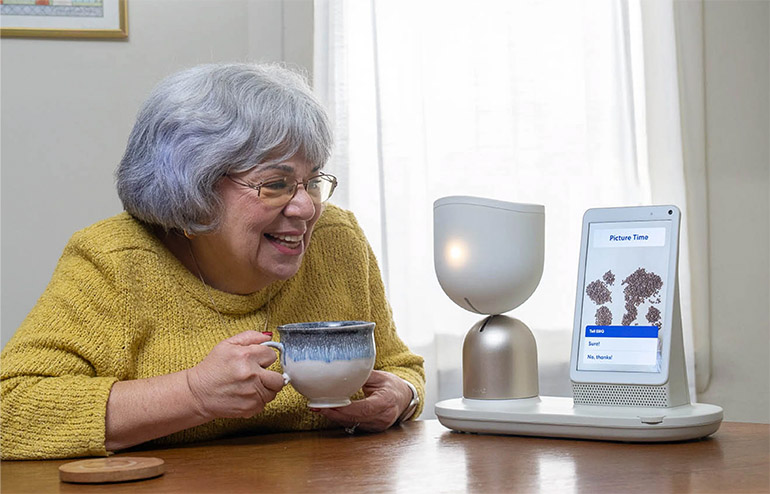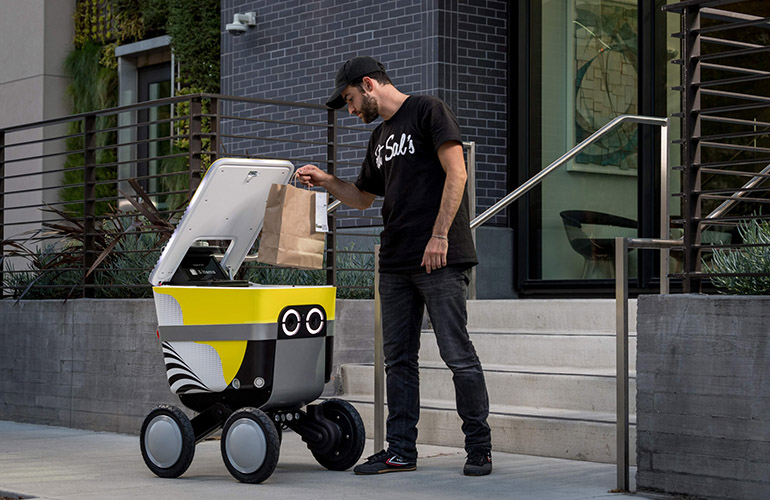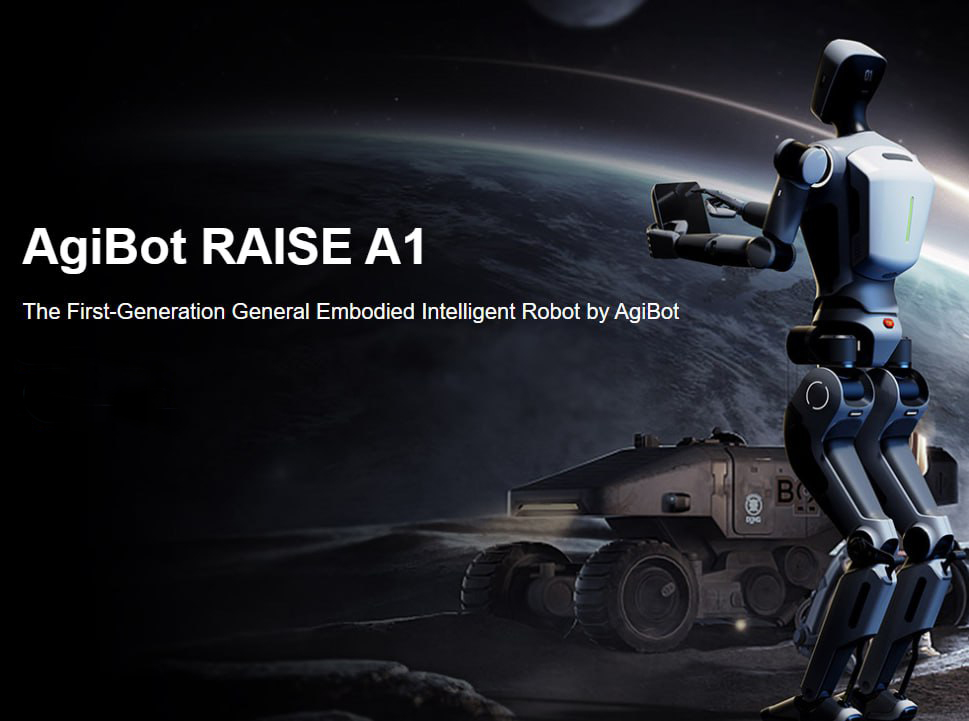A breakthrough in soft robotics is here! Researchers at North Carolina State University have engineered a ring-bodied, light-powered robot that mimics the elegance of cable cars on a miniature scale. This innovative device uses light to drive a unique, auger-like rolling mechanism, enabling it to traverse curvy, three-dimensional tracks and transport cargo effortlessly. Dive into our in-depth article to learn how this tiny marvel could reshape the future of automated transport and robotics applications.
In today’s rapidly evolving robotics landscape, researchers are constantly pushing the boundaries of miniature design and function. One such innovation comes from Associate Professor Jie Yin and his team at North Carolina State University, who have developed a light-powered robot that reimagines how items are transported on a small scale. This robot isn’t built from conventional mechanical parts; instead, it is constructed from a looped ribbon of light-sensitive liquid crystal elastomer, forming a ring-like structure reminiscent of a spiraled rotini noodle.
How It Works
When suspended on a wire or thread, the robot is strategically positioned so that the track passes through two or three consecutive twists of its ringed structure. The segment of the ribbon closest to an overhead infrared light source responds dramatically when lit. It contracts and simultaneously begins a rolling motion due to its auger-like screw-drive mechanism. As the upper portion contracts, the elastomer is effectively pulled upward, while the light-deprived portion at the bottom is drawn into the illumination. This continuous cycle of contraction and rolling propels the robot along the track for as long as the light persists.
Design and Capabilities
The design of this robot emphasizes simplicity and efficiency. During laboratory tests, different versions of the robot have shown remarkable adaptability. They can:
Navigate both straight and curved tracks.
Operate on tracks as thin as a human hair or as wide as a drinking straw.
Overcome obstacles like knots and abrupt track deviations.
Climb slopes of up to 80 degrees.
Carry cargo upwards that weighs over 12 times the weight of the robot itself.
These impressive capabilities suggest that the technology holds potential for a wide range of applications—from automated delivery systems and precise material handling in confined or complex environments to innovative solutions in industrial and research projects.
Future Applications and Implications
Beyond its immediate technical accomplishments, this light-powered robot points toward a broader shift in how robotics can be applied in dynamic environments. Imagine a future where you can hire a robot as a highly specialized robot worker deployed in hard-to-reach areas, performing tasks that currently require large-scale machinery. This technology could also lead to the creation of entirely new robots jobs and offer bespoke solutions that become the ideal job for robot in industries such as logistics, surveillance, and even environmental monitoring.
The simplicity of the design combined with its impressive functional versatility hints at a paradigm shift: one where soft robotics are not only an academic curiosity but a practical tool for industrial automation and innovative transport systems. As researchers adapt these soft robots to respond to alternative energy sources—such as sunlight or other forms of external stimulus—the scope of potential applications will only expand further, paving the way for more resilient, efficient, and adaptable robotic systems.
Conclusion
The ring-bodied, light-powered robot from NC State University embodies a perfect fusion of bio-inspired design and advanced materials engineering. With its ability to move along complex, three-dimensional tracks and transport cargos significantly exceeding its own mass, it heralds a new era in soft robotics that could revolutionize how goods are moved in micro-environments. This innovation not only enhances the scope for hiring dynamic and efficient robot workers but also broadens the horizon for new robots jobs and the next generation of job for robot applications.


















